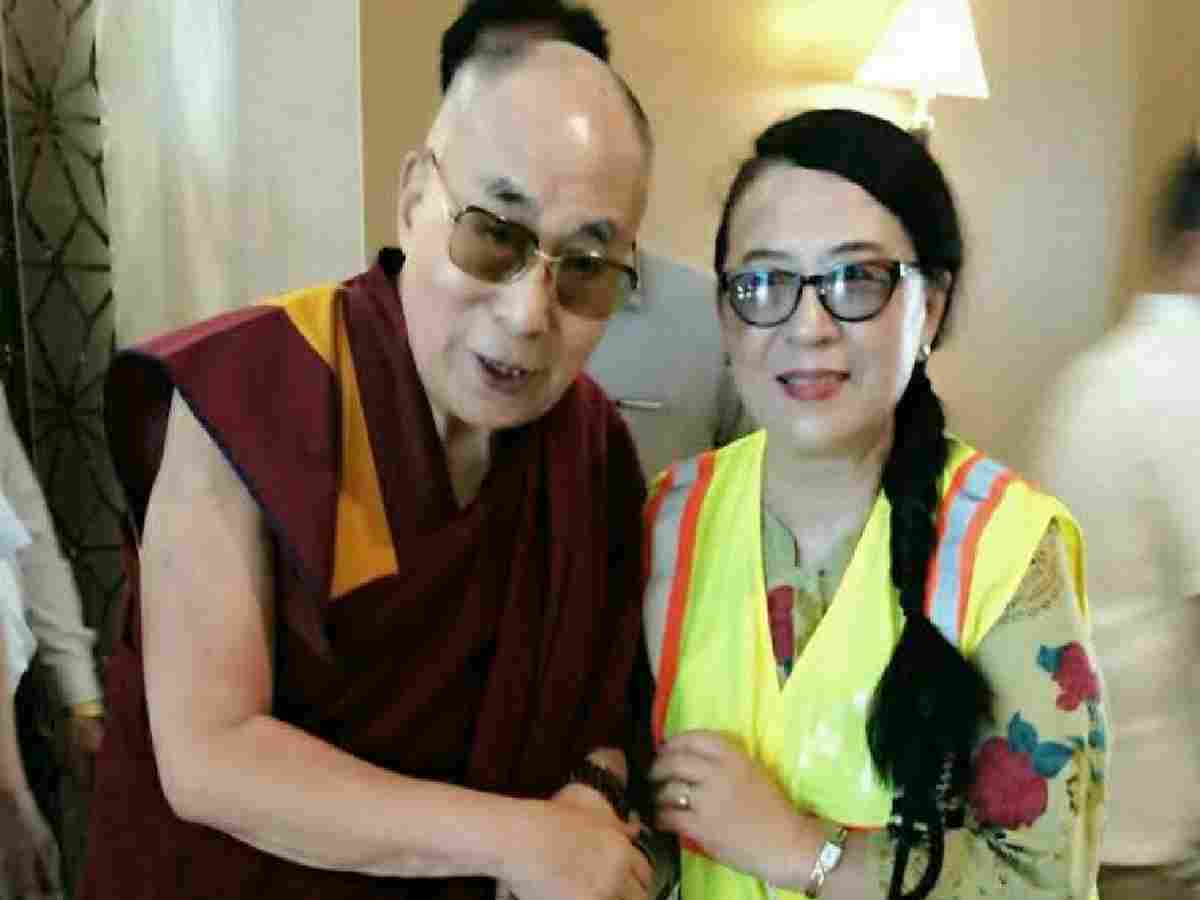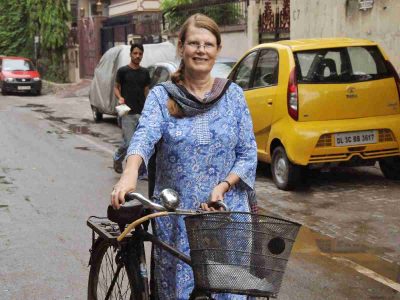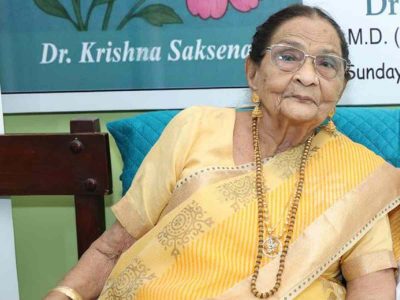Even though hundreds of police officers had encircled Hyderabad House, most of the employees inside had no idea why so many uniformed personnel were stationed outside the majestic building. The reason for the heavy deployment became clear only later.
In April 1959, just days after entering India on March 31 with some associates and family members, the 14th Dalai Lama was housed at Hyderabad House in Delhi. He stayed there for several months after fleeing Tibet.
“I heard the story of the Dalai Lama’s stay at Hyderabad House from my father, GM Khan, and many other neighbours while growing up there,” recalls G Mohammed, whose father was working in the premises during that period.
23 years old, on the path to 90
During his stay in Delhi, the Dalai Lama met then Prime Minister Jawaharlal Nehru, Home Minister Govind Ballabh Pant, and several senior Indian officials. While Nehru supported granting him asylum, he remained cautious about its implications for India-China relations.
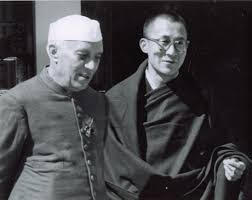
The Dalai Lama requested special arrangements for the rehabilitation and education of Tibetan refugees. Former Foreign Minister Natwar Singh, in his autobiography One Life is Not Enough, wrote that he was appointed as the liaison officer for the Dalai Lama at the time.
Then only 23 years old, the Dalai Lama will celebrate his 90th birthday on July 6, 2025.
From refuge to legacy: Enriching two of Delhi’s parks
After his initial stay at Hyderabad House, the Dalai Lama moved to Dharamshala but continued to visit Delhi regularly. His presence enriched the capital in meaningful ways, particularly through his contributions to two well-known public spaces: Buddha Jayanti Park and Indraprastha Park along Ring Road.
At Buddha Jayanti Park, he gifted a seated statue of Lord Buddha, and has attended multiple Buddha Purnima celebrations there over the years. At Indraprastha Park, the Dalai Lama contributed several Buddhist symbols for the World Peace Stupa.
“On the occasion of the 90th birthday of His Holiness the Dalai Lama, I reflect on the many times I had the privilege of receiving and seeing him off at the Delhi airport on behalf of Air India,” says Tshetan Wangmo Norbu. “Whenever I met him, he would hold my hand and say, ‘Airport lady is still here.’ His one precious piece of advice to me was to speak in Tibetan with my children. It is my good karma—and also because of my job—that I had the rare opportunity to interact with him and receive his blessings.”
Tibet House on Lodhi Road
In 1965, the Dalai Lama took the initiative to establish Tibet House on Lodhi Road—a five-storey centre dedicated to preserving Tibetan society, culture, history, and art. Today, it houses a rich collection of old currency notes, traditional headpieces, prayer items, and musical instruments. A well-used library supports researchers delving into various aspects of Tibetan heritage.
The Dalai Lama continues to stay at Tibet House during his visits to Delhi. For the city’s Tibetan community, he is not just a spiritual guide but a revered figure whose presence is deeply felt.
A market, a memory: Janpath and the Dalai Lama
Tucked near the Janpath Metro Station is a relatively quiet Tibetan Market with about two dozen shops, operating amid the usual bustle of central Delhi. A photograph of the Dalai Lama adorns the shopfront of Tasiundi, who stands outside proudly.
“China is a deceitful country. It’s not trustworthy. It’s expanding business with India while showing aggression,” he says. Reflecting on his roots, he adds, “If we don’t remember Tibet, we’d be no better than animals.” His parents came to India with the Dalai Lama, and like many other Tibetans in the capital, he will celebrate the spiritual leader’s 90th birthday.
Generational shifts and quiet resilience
Few Tibetans who arrived in India with the Dalai Lama in 1959 remain alive today. Their children and grandchildren, now settled in India, continue to carry the legacy—along with a shared resentment towards China.
The Tibetan Market was established in 1967 to support Tibetan livelihoods. It was backed by prominent figures like Sardar Mohan Singh and Bhai Mohan Singh, founders of Coca-Cola India and Ranbaxy respectively, both of whom also served as vice-chairmen of the New Delhi Municipal Council (NDMC).
Tourists, especially foreigners, frequent the market to buy statues, shawls, paintings, and Tibetan handicrafts.
Kertin Siring, 38, who was born in India and runs a clothing business, says, “India should show China its place. We stand with India in every situation.” Many Tibetans born in India today are Indian citizens and vote in elections. Most feel that successive Indian governments have supported their community. However, while the older generation still holds vivid memories of their homeland, younger Tibetans see Tibet as a foreign land they are unlikely to return to.
Tibetan protests and persistence
An estimated 10,000 Tibetans live in Delhi today, most of them in the Tibetan settlement at Majnu Ka Tila. Their presence becomes especially visible during state visits by Chinese presidents or prime ministers, when they stage protests outside the Chinese Embassy.
They carry Tibetan flags, posters of the Dalai Lama, and banners demanding freedom for Tibet. One Tibetan shopkeeper in Connaught Place’s Tibetan Market, speaking anonymously, said, “We’ll keep protesting until Tibet is free.”
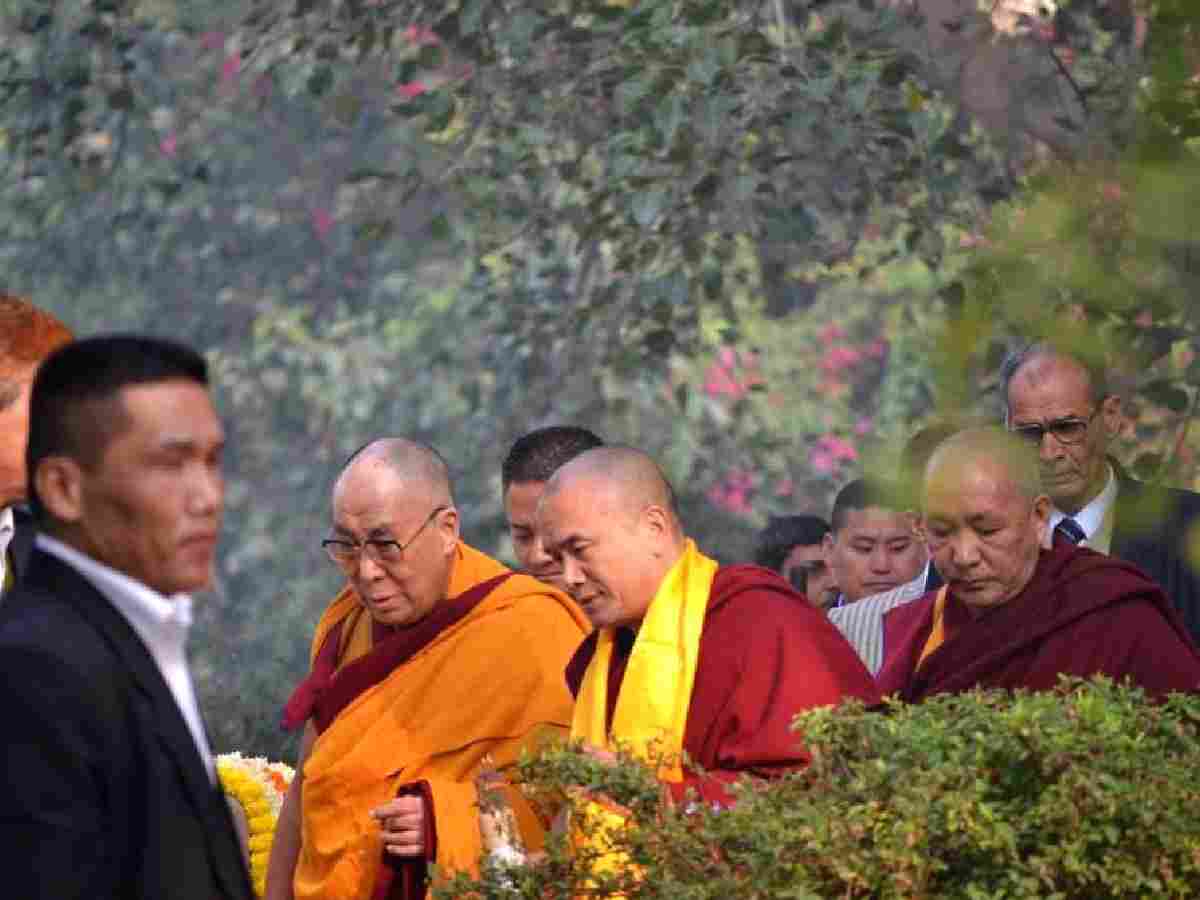
On March 10—Tibet’s National Uprising Day—they gather to commemorate the 1959 rebellion that led to the Dalai Lama’s flight to India and their own exile.
Quiet commerce and shared spaces
Despite the long-standing political tensions, in commercial areas like Connaught Place, Jor Bagh, and South Extension, Tibetan customers routinely shop at showrooms owned by Indian citizens of Chinese descent. There is little visible tension between the two communities in these urban spaces.
Also Read: Majnu Ka Tila – A Tibetan world in Delhi
The largest and most recognisable Tibetan enclave in Delhi remains the Majnu Ka Tila settlement near ISBT. Established in 1960 for Tibetan refugees, it is now also known as New Aruna Colony—a name that blends the past and the present, just like the community it shelters.

